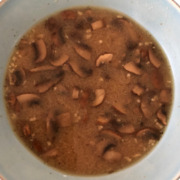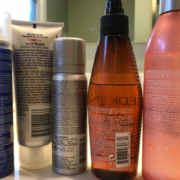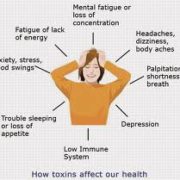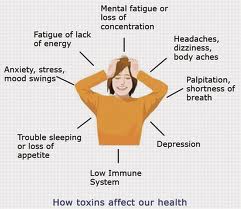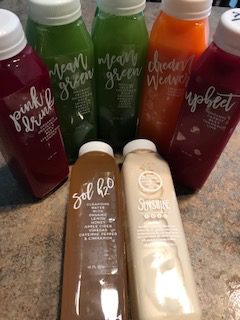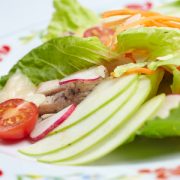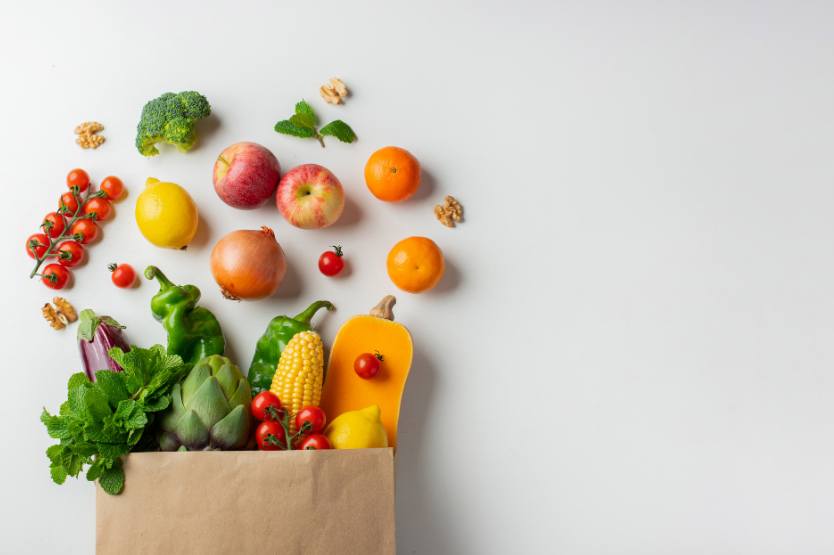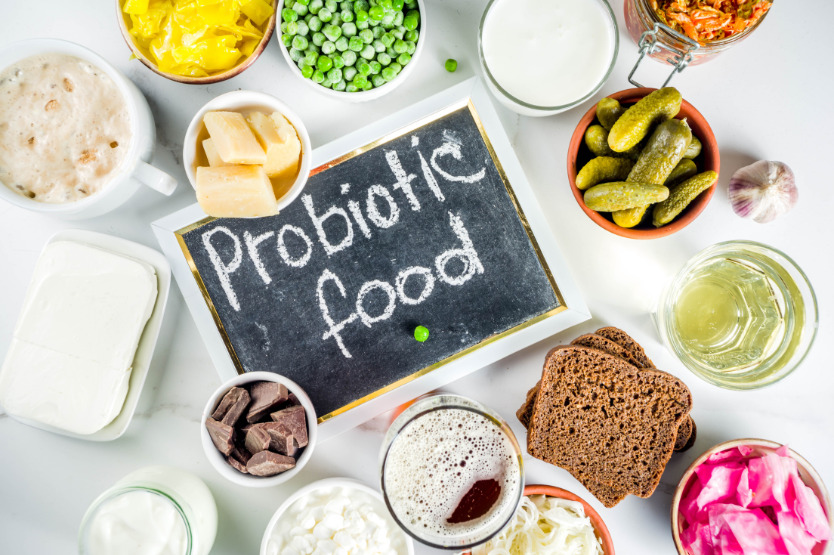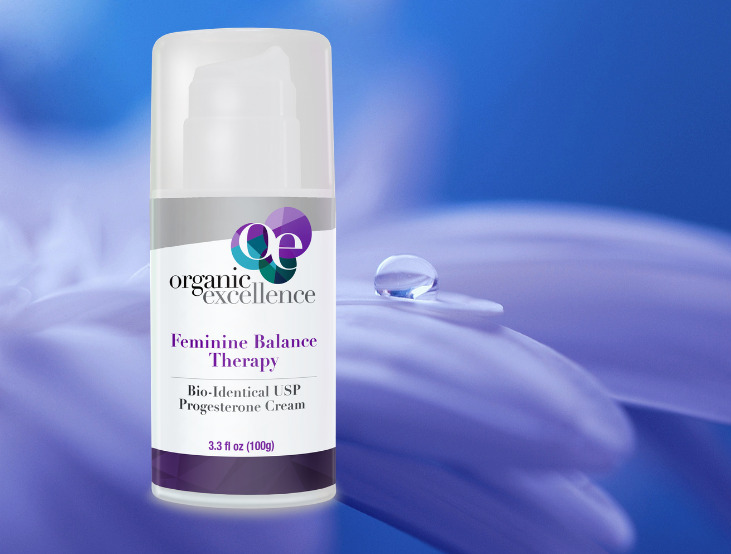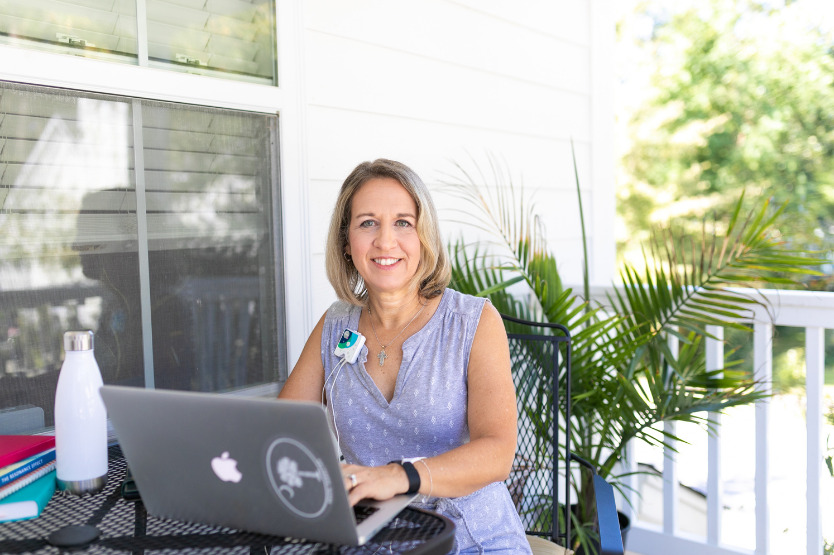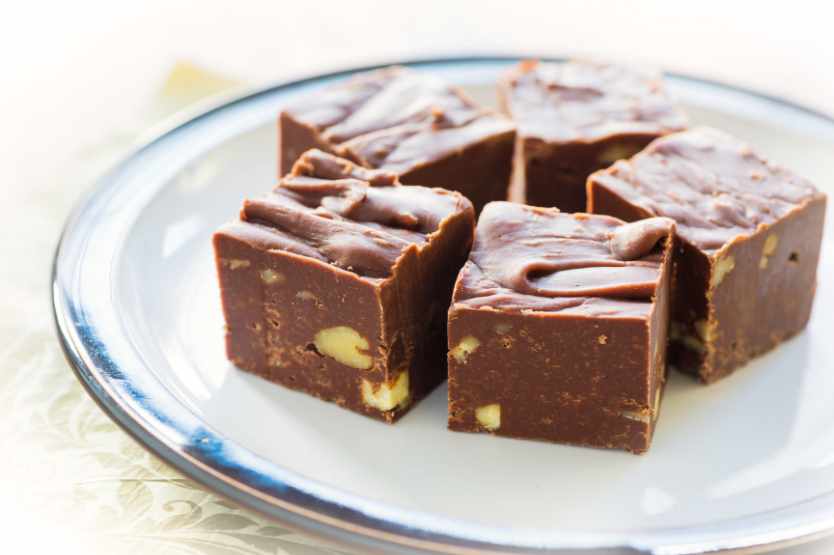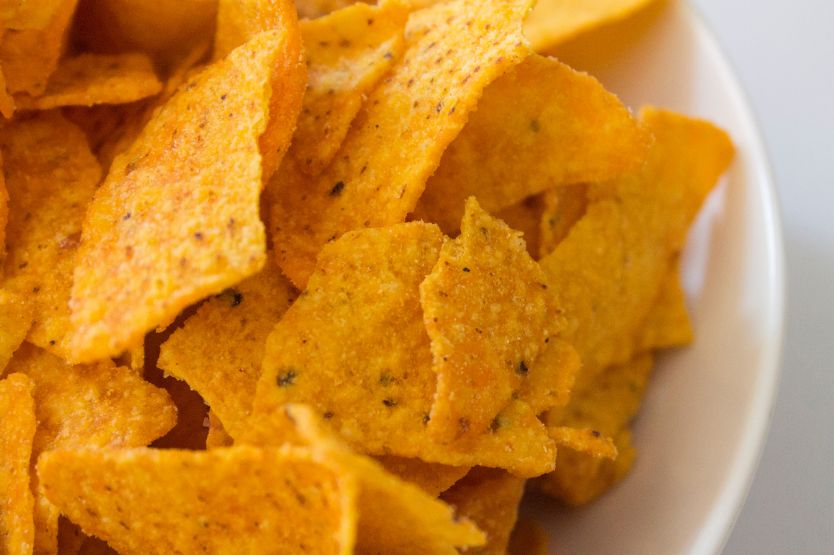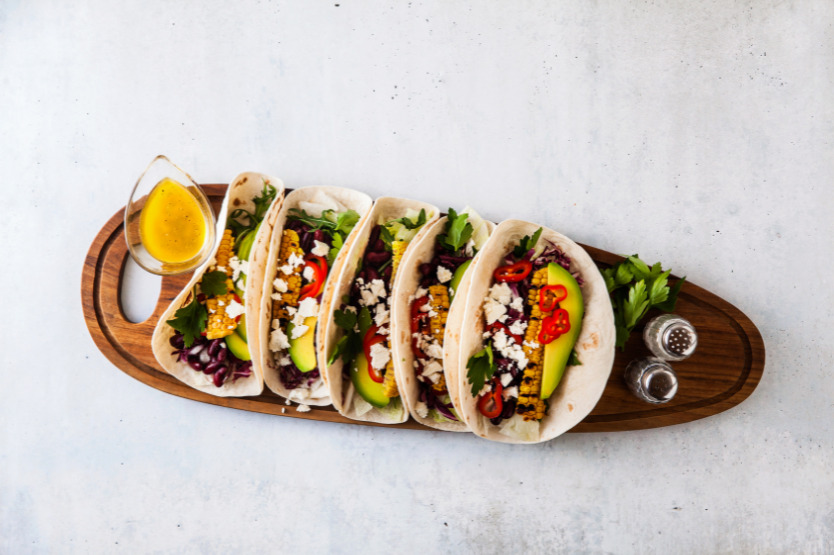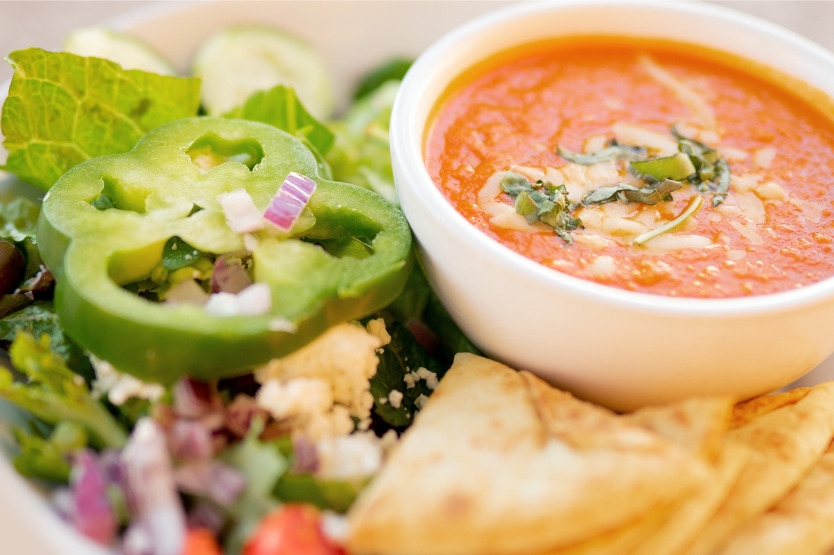As I was cleaning out cabinets, I decided to glance over the ingredient list of some hair care products that I used to use. To be honest, it scared me. I used to put these on my body and didn’t think about the impact to my skin, lungs or other vital organs!
Think about the personal care products that you and your family use on a daily basis…lotions, shampoo, conditioner, soap, sanitizer, nail polish, baby soaps, make up, perfumes/colognes, deodorant, toothpaste, laundry detergent. EWG.org (Environmental Working Group) concluded in a study that on average people use 9 personal care products daily and applied an average of 126 unique ingredients on their skin daily. That’s a lot of chemicals!
Do you feel safe knowing that the government does not require long term safety studies or pre-market testing for most ingredients in personal care products? According to the FDA’s Office of Cosmetics and Colors, “a cosmetic manufacturer may use almost any raw material as a cosmetic ingredient and market the product without an approval from the FDA.” The cosmetic industry is authorized to police it’s own ingredient safety and many of these ingredients have the potential to harm humans and animals. The FDA panel has only banned 11 ingredients while the European Union has taken action on hundreds of toxic chemicals in cosmetics.
Your skin is your largest organ and is porous, so whatever you put on it will be absorbed within moments of application. And what about your lungs? You are inhaling the chemicals as well, even if you aren’t applying them to your skin. If the products you use contain harmful ingredients such as harsh, toxic chemicals, colors, and fragrances, those ingredients make their way into your body, your blood and lymphatic system. The majority of mainstream personal care products contain carcinogenic chemicals, allergens, endocrine disruptors or xenoestrogens, irritants and can cause harm to your reproductive system. It is easy to see why it is so important to be diligent to watch what is in the products that you are using.
So what ingredients should you avoid? There are countless toxic ingredients in the products that we use on a daily basis and so it is important to do your research and always look at the ingredient list in everything that you buy. A few ingredients to avoid are fragrance, perfume, substances that generate formaldehyde (nearly 1 in 5 cosmetic products contains a substance that generates cancer causing formaldehyde–see list below), mineral oil and petroleum, parabens, ethanolmines (DEA, MEA, TEA), benzones, triclosan, heavy metals such as cadmium, aluminum, mercury, lead, and arsenic, phthalates, and styrene. This list unfortunately is not all-inclusive. Plus these chemicals are xenoestrogens which can disrupt our hormone balance and health.
You can easily switch over to safe products by accessing easy to use Apps and websites like ThinkDirty, EWG’s Skin Deep, and the Good Guide which will rate your personal care products for safety and toxicity. Always read the ingredient label and do not be fooled by labels such as natural and even partial organic products can contain harmful ingredients. I especially avoid parfum or fragrances as I will have an immediate reaction to these. Use products with the MADE SAFE® seal. Also, support hair and nail salons that offer safer and more natural products. I ask lots of questions before making an appointment and conduct my own research on their product lines. Knowing which companies test on animals is a top priority as well. Check out the company’s testing practices on sites such a PETA.org to find which do and do not test.
Avoid these ingredients/chemicals as they contains a formaldehyde-releasing chemical:
- DMDM hydantoin
- Imidazolidinyl urea
- Diazolidinyl urea
- Quaternium-15
- Bronopol (2–bromo–2–nitropropane–1,3-diol )
- 5-Bromo-5-nitro-1,3-dioxane
- Hydroxymethylglycinate
For your safety, schedule time to review and clean out the harmful products that you are using and replace them with safe nontoxic options! I’d love to chat more about healthier options, set up your call here!

